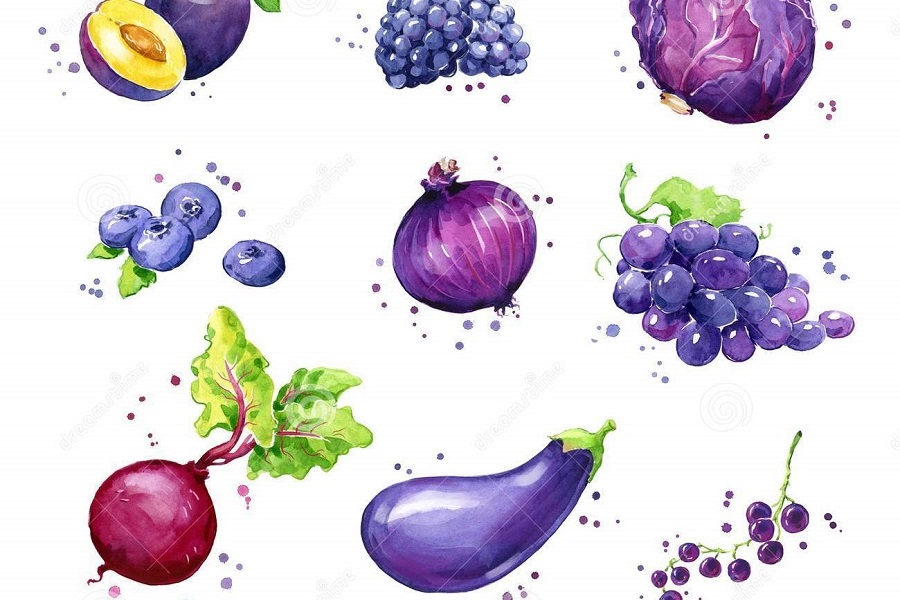Purple sweet potatoes, purple potatoes, purple corn, purple lentils — Housewives will find that more and more purple foods come to us when they go to supermarkets and vegetable markets. These “red and purple” foods are not just for their beautiful appearance. In the eyes of nutrition experts, purple is the most missing color on our Chinese table. These foods contain super anti-aging ingredients.
The reason why purple food can put on a romantic purple coat is because it is rich in a natural pigment – anthocyanin. Anthocyanin belongs to flavonoids, and its antioxidant capacity is comparable to vitamin C and vitamin E, which can effectively remove free radicals of harmful substances in the body, help the human body to resist oxidation, and delay aging.
In addition, purple food is also rich in selenium, an essential trace element for the human body. Selenium is closely related to the health of the human body. It not only has a strong antioxidant effect, but the most prominent one is that it can effectively improve the body’s immunity. The effect is even more significant.
The nutritional level of vegetables and fruits, especially the content of vitamins and antioxidants, increases with the deepening of their color. The same variety of food, the darker the color, the higher the nutritional content. On our dining table, in addition to the “master” red, yellow, green and white vegetables and fruits, the “anti-aging star” purple fruits and vegetables should also be “invited” to the table often.
“Diversify food, give priority to dark colors”, there are several general principles that can be followed in choosing food for reference: eat more seasonal food in what season; For food, give preference to dark foods, such as eggplants as well, “purple to black” is better than “red to purple”, the same sweet potato, purple sweet potato is more nutritious than red sweet potato.


